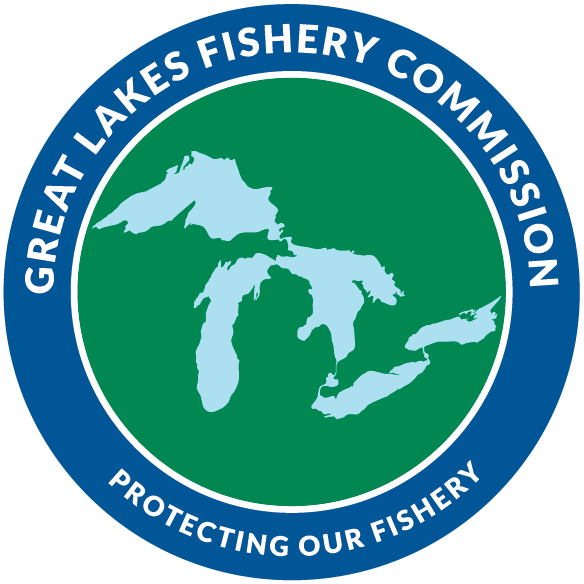State of the Lake
1.0 Salmonine (Salmon and Trout)
Positive progress was observed toward re-establishing lake trout as the dominant salmonine and anadromous species have been maintained as an important contributor to the fishery. However, the potential for the target annual yield which can be sustained remains adversely affected by invasive species.
2.0 Percid (Walleye and Perch)
Measures of lakewide walleye harvest are approaching the historical observed range and are currently supporting quality fisheries, suggesting efforts to reestablish and maintain walleye have been met. Yellow perch harvest remains depressed relative to historical records.
3.0 Esocid (Northern Pike and Muskellunge)
While yield has not been quantified throughout the basin, northern pike and muskellunge both remain present and northern pike are a prominent component of nearshore and embayment fish communities and fisheries.
Channel catfish relative abundance, as indexed by catch rates of biomass sampled, has remained stable or is increasing in all areas of the lake they can be expected to be found.
5.0 Coregonine (Lake Whitefish and Cisco)
Yield has varied considerably in both quantity and composition over the past century. Since 2000, commercial harvest has consisted almost entirely of lake whitefish and this measure has been declining over the same time period as production and survival of young lake whitefish has been adversely impacted by the ecosystem and food web changes associated with establishment of dreissenid mussels. Conversely, cisco remain common and appear to be stable in northern Lake Huron, seemingly less affected by dreissenid impacts. Efforts to restore cisco in southern Lake Huron, which traditionally supported a robust fishery, have been ongoing since 2018 and the first hatchery-produced adults were recaptured in 2022, which is an encouraging step towards restoration. Additional time is needed to determine if these fish can successfully reproduce in southern Lake Huron.
6.0 Centrarchid (Bass and Sunfish)
Both largemouth and smallmouth bass have remained a prominent recreational presence in nearshore areas and embayments around the lake. Other centrarchid species have also been maintained as an important component of nearshore fish communities.
The number of self-sustaining lake sturgeon populations around Lake Huron has remained relatively static over the current reporting period. However, reintroduction efforts into waters where previously extirpated, specifically Saginaw Bay, have been successful with an increasing presence of juvenile fishes; some of these fish will be approaching maturation at the end of the next reporting cycle.
While prey fish diversity is near target measures, total biomass of both native and non-native groups remains depressed. The redirection of energy flow through dreissenid mussels on the lake bottom has facilitated expansion of round goby, which is not effectively sampled with traditional survey gears but is suspected to now comprise a significant portion of current available prey biomass within Lake Huron.
Invasive sea lamprey control is essential to supporting desired fish stocks, restoration of native fishes, and all other fisheries management goals and objectives in Lake Huron. The increasing trend in the adult sea lamprey index despite meeting the reduced lake trout wounding rate is concerning. This trend implies increased parasitic losses of desired fish biomass has occurred during the reporting period and could further influence the subsequent reporting period by increased capacity for sea lamprey reproduction.
Native species richness and overall biomass has remained stable or has increased across various parts of Lake Huron and represents positive progress towards native species restoration.
Research efforts indicate the genetic integrity of aquatic organism populations in Lake Huron have been adequately maintained and fish stocks are diverse at the genetic level.
Several habitat restoration and enhancement projects occurred during the reporting period and these efforts continue to support and benefit recovery of native species. However, these projects may not offset ongoing broadscale anthropogenic effects on habitat and water quality which continue to impact the Lake Huron aquatic community and its users.




